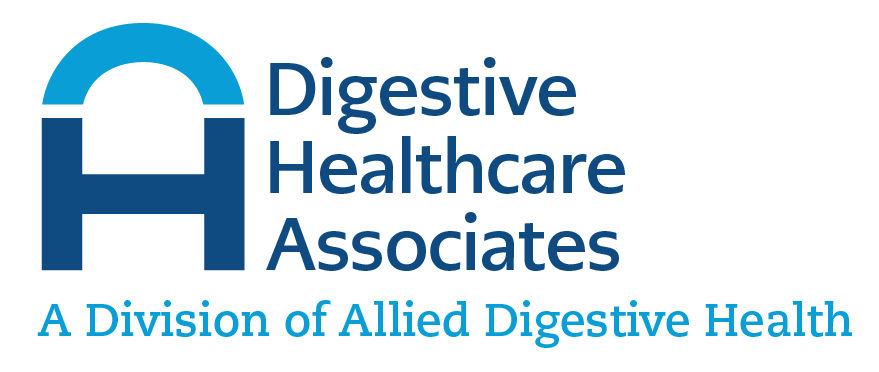
Gastric distress is often a major issue. In fact, the National Institute of Diabetes and Digestive and Kidney Diseases estimates that 60 million and 70 million Americans have digestive disorders, which cause close to 250,000 fatalities annually.
These illnesses are to blame for about 50 million hospital admissions and 21.7 million hospital visits each year. Additionally, the US healthcare system must fork up a whopping $141.8 billion to treat and manage digestive illnesses.
Knowing the causes of gastric distress will help you recognize it and get the appropriate therapy. In this article, we will define what gastric distress is and discuss in-depth some of the most common causes of gastric distress. Let’s take a look!
Gastric distress is a set of digestive conditions characterized by prolonged constipation, gas, acid reflux, nausea, puking, diarrhea, stomach pain, and cramping. Most people with symptoms of gastric distress take a long time to receive a good diagnosis. Because of this, many people alter their diets inadvertently, which causes needless nutritional shortfalls and worse quality of life.
There are several causes why you could be having digestive problems. Some of the major origins of gastric distress include the following:
Acid reflux, commonly known as gastroesophageal reflux disease, is likely the most typical reason people experience stomach discomfort. The American Gastroenterological Association reports that more than 60 million Americans have heartburn at least once each month, the primary symptom of acid reflux.
The back of your mouth may taste sour or bitter when you have acid reflux. It could also result in food or drink coming back into your mouth from your stomach. Burping, nausea, dysphagia, and stomach pain are other typical symptoms.
If neglected, it may eventually result in more severe gastrointestinal conditions like Barrett’s esophagus and esophagitis.
IBD, or inflammatory bowel disease, is a collection of intestinal illnesses resulting in persistent GI tract inflammation. According to the Crohn’s & Colitis Foundation of America, inflammatory bowel disease affects more than 1.6 million people.
The broad term “IBD” refers to several ailments. The two most typical ones are:
IBD symptoms might vary depending on the level of inflammation and the location of the inflammation. Mild to severe symptoms are possible. You will probably go through phases of being unwell and then remission. The following signs and symptoms of inflammatory bowel disease:
Although inflammatory bowel disease is not deadly in most cases, it is a severe condition that occasionally can result in life-threatening consequences. If you experience symptoms of acid reflux twice a week or more, or if treatment with drugs doesn’t provide long-term relief, it’s time to visit your doctor.
Gallstones are calcified collections of gastrointestinal fluid that can develop in your gallbladder. These can range in size from a grain of rice to a golf ball. While some people only have one gallstone in the gallbladder, others may have many gallstones at once.
The New York Times reports that around 1 million Americans receive a diagnosis of gallstones each year. Gallstones are frequently asymptomatic and quite prevalent. However, only 10% of persons with gallstones will have symptoms within the first five years following their diagnosis.
These might cause pain in your upper right abdomen or the middle of your stomach. Gallbladder discomfort can strike at nearly any moment. However, it may occasionally follow the consumption of fatty meals like fried dishes. Gallstone-related pain often only lasts a few hours, although it can be excruciating.
Gallstones may not show any symptoms at all. However, if a gallstone obstructs a duct and lodges there, the following signs and symptoms may appear:
When a person’s body cannot effectively break down lactose, they develop lactose intolerance. Sugar lactose is commonly found in dairy products like milk and yogurt. You develop lactose intolerance once your small intestine fails to produce enough lactase, an enzyme needed to break down and digest lactose.
Contrary to popular belief, lactose intolerance is more frequent than you may imagine. According to the US National Library of Medicine, about 65% of Americans have some degree of lactose intolerance.
The first symptoms and signs of lactose intolerance often appear 30 minutes to 2 hours after consuming or drinking lactose-containing meals or beverages. Common indications and symptoms include:
Peptic ulcer disease is another potential cause of abdominal discomfort. These are open sores on the wall of the stomach and the upper part of your small intestine. According to the Centers for Disease Control and Prevention, 6 million Americans suffer from these ulcers each year. These symptoms might occur when you have a peptic ulcer:
These symptoms may worsen between meals or even at night.
Gastric distress can manifest in many ways. Antacids and heartburn remedies are among the over-the-counter medicines that patients with gastric distress frequently use. While they provide quick relief, you should still see a gastroenterologist, especially if using these drugs does not resolve your issue or if your symptoms last for more than a few weeks. He or she is best to determine why your symptoms persist and can advise altering your diet or using certain drugs.
For thorough and effective care and treatment for acid reflux and any other GI illnesses, get in touch with us at one of our Care Centers right now. You will receive the finest care available from our team of board-certified gastroenterologists, pathologists, anesthesiologists, nurse practitioners, and physician assistants.

Thank you for your interest in setting up an appointment with us! To schedule your visit, please give us a call. We look forward to assisting you!